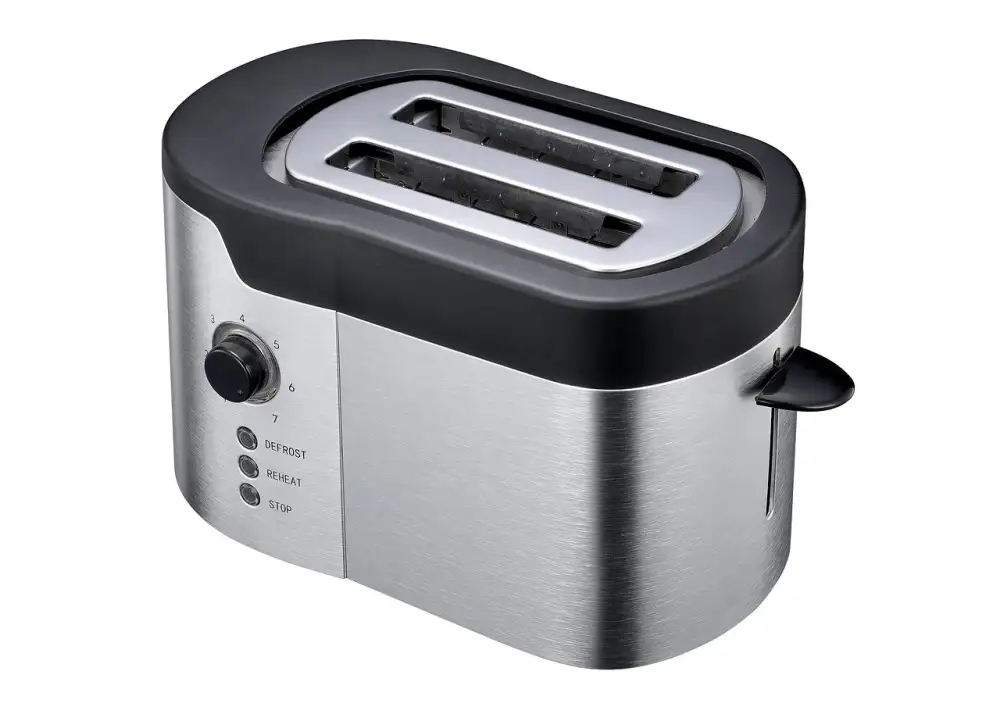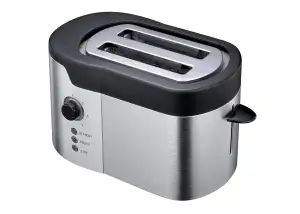Mastering Your Convection Oven: Essential Tips for Home Cooks

Convection ovens are a popular choice for home cooks due to their ability to cook food faster and more evenly than conventional ovens. The key difference lies in the circulation of hot air by a fan, which ensures that heat is distributed uniformly around the food. This results in quicker cooking times and often better browning and crisping of foods. Understanding how to properly use a convection oven can greatly enhance your cooking skills and allow you to explore a wider range of recipes with confidence. Let's delve into some essential tips for mastering your convection oven at home.
Preheating the Convection Oven
Preheating your convection oven is crucial for optimal cooking results. Unlike traditional ovens, convection ovens require less preheating time due to their efficient air circulation. It is recommended to preheat your convection oven approximately 25 degrees Fahrenheit lower than the recipe calls for, as the circulating air will distribute heat more evenly. This can help prevent overcooking or burning the outer layer of your dishes while ensuring they are cooked thoroughly. Always wait for the oven to reach the desired temperature before placing your food inside to achieve consistent and delicious results.
Adjusting Cooking Time and Temperature
When using a convection oven, it is essential to adjust the cooking time and temperature for optimal results. Due to the circulating hot air in the convection oven, food tends to cook faster than in a conventional oven. As a general rule of thumb, you should reduce the cooking temperature by 25 degrees Fahrenheit (about 15 degrees Celsius) and decrease the cooking time by about 25% compared to what a recipe calls for in a traditional oven. It's crucial to keep an eye on your food as it cooks and use a reliable oven thermometer to ensure accuracy in temperature settings. By making these adjustments, you can achieve perfectly cooked dishes with ease using your convection oven.
Placement of Cookware in the Oven
When using a convection oven, proper placement of cookware is crucial for optimal cooking results. To ensure even airflow and heat distribution, it's recommended to leave at least 1 to 2 inches of space between the sides of the cookware and the walls of the oven. This allows hot air to circulate freely around the food, promoting uniform cooking. Additionally, avoid overcrowding the oven by spacing out multiple dishes to prevent blocking the airflow from reaching all parts of the food. Opt for light-colored or reflective pans that can help with even browning and reduce cooking times in a convection oven.
Using the Convection Fan Correctly
Using the convection fan correctly is crucial for maximizing the efficiency of your convection oven. The fan helps to circulate hot air evenly around the food, ensuring that it cooks consistently. When using the convection setting, make sure to leave enough space between dishes to allow for proper air circulation. Avoid overcrowding the oven as this can block the airflow and result in uneven cooking. Additionally, refrain from covering food with foil or lids that could impede the circulation of hot air. By utilizing the convection fan properly, you can achieve perfectly cooked dishes with a crispy exterior and moist interior.
Monitoring Food for Even Cooking
When using a convection oven, it's crucial to monitor your food for even cooking. Due to the circulation of hot air, food can cook faster and more evenly than in a conventional oven. To ensure consistent results, rotate your pans halfway through the cooking process. Additionally, use light-colored or reflective pans to prevent over-browning on the bottom of your dishes. Keep an eye on your food towards the end of the cooking time to avoid burning or undercooking, as convection ovens can be more efficient than traditional ovens. By staying vigilant and making these adjustments, you'll achieve perfectly cooked meals every time.
Cleaning and Maintenance Tips
Cleaning and maintaining your convection oven is essential for optimal performance and longevity. To keep your oven in top condition, regularly wipe down the interior with a damp cloth and mild detergent to remove any food spills or grease buildup. Be sure to avoid using abrasive cleaners that can damage the oven's surfaces. Additionally, clean the convection fan and vents periodically to prevent clogs and ensure proper air circulation. Remember to refer to the manufacturer's instructions for specific cleaning recommendations tailored to your convection oven model. Regular maintenance will not only keep your oven looking its best but also help it operate efficiently for years to come.
Troubleshooting Common Issues
1. Uneven Baking: If you notice that your food is cooking unevenly in a convection oven, it may be due to overcrowding the oven. Ensure there is enough space between dishes for proper air circulation.
2. Food Browning Too Quickly: To prevent food from browning too quickly, reduce the temperature by 25 degrees Fahrenheit from what the recipe suggests and monitor the cooking process closely.
3. Excessive Drying Out: If your food is drying out excessively in a convection oven, try covering it with foil during the latter part of the cooking process to retain moisture.
4. Fan Not Working: If you suspect that the convection fan is not working, consult the user manual for troubleshooting steps or contact customer support for assistance.
5. Smoke or Burning Smell: If you notice smoke or a burning smell coming from your convection oven, immediately turn it off, unplug it, and allow it to cool before investigating further to prevent potential hazards.
By addressing these common issues with practical solutions, you can optimize your convection oven cooking experience and achieve delicious results every time.
**Conclusion and Final Tips**
In conclusion, mastering your convection oven can elevate your cooking experience to a whole new level. By understanding how to preheat the oven properly, adjust cooking times and temperatures, place cookware correctly, utilize the convection fan effectively, and monitor food for even cooking, you can achieve perfectly cooked dishes every time.
Remember to regularly clean and maintain your convection oven to ensure optimal performance and longevity. If you encounter any issues, refer to the troubleshooting tips provided in this article or consult the manufacturer's instructions.
With practice and attention to detail, you'll soon become a pro at using your convection oven to whip up delicious meals with ease. Experiment with different recipes and techniques to make the most of this versatile kitchen appliance. Happy cooking!
Published: 07. 05. 2024
Category: Home



